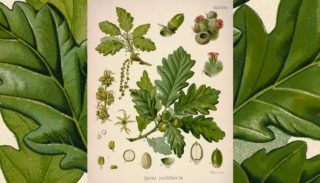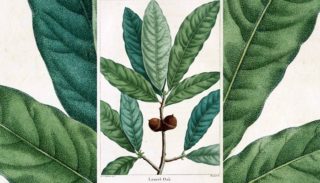The Water Oak
10 November 2022The Water Oak, or Black Oak (Quercus nigra), this tree belongs to the Fagaceae family and is native to the eastern United States, including Alabama, Arkansas, North and South Carolina, Delaware, Florida, Georgia, Kentucky, Louisiana, Maryland, Mississippi, Missouri, New Jersey, Oklahoma, Tennessee, Texas, and Virginia.
Its scientific name, nigra, refers to the dark appearance of its canopy and the blackish color of its acorns. The vernacular name “water oak” relates to the wet regions that are its preferred habitat.
The water oak was introduced to Europe in 1723.
Uses of the Water Oak
The water oak produces hard, compact, coarse-grained wood with a dark red hue. It is primarily used as firewood.
In the United States, water oaks are commonly planted in urban areas for the shade they provide.
Characteristics of the Water Oak
The water oak thrives in wet regions and occupies a wide variety of habitats on neutral to highly acidic soils up to 450 meters in altitude. These include alluvial or sandy plains, poorly drained or flood-prone areas, sandy pine forests, sandy riverbanks, dunes, marsh edges, and the lower parts of steep slopes.
A deciduous or semi-evergreen tree (subpersistent foliage), the water oak grows to a height of 18 to 40 meters, with a trunk that can exceed 2 meters in diameter. Its leaves measure 3 to 16 cm in length and 1.5 to 7 cm in width. The acorns, nearly black, are 0.9 to 1.4 cm long and 0.9 to 1.5 cm wide. They are housed in saucer-shaped caps that cover between one-quarter and one-third of the acorn.
Visual © D.R.








